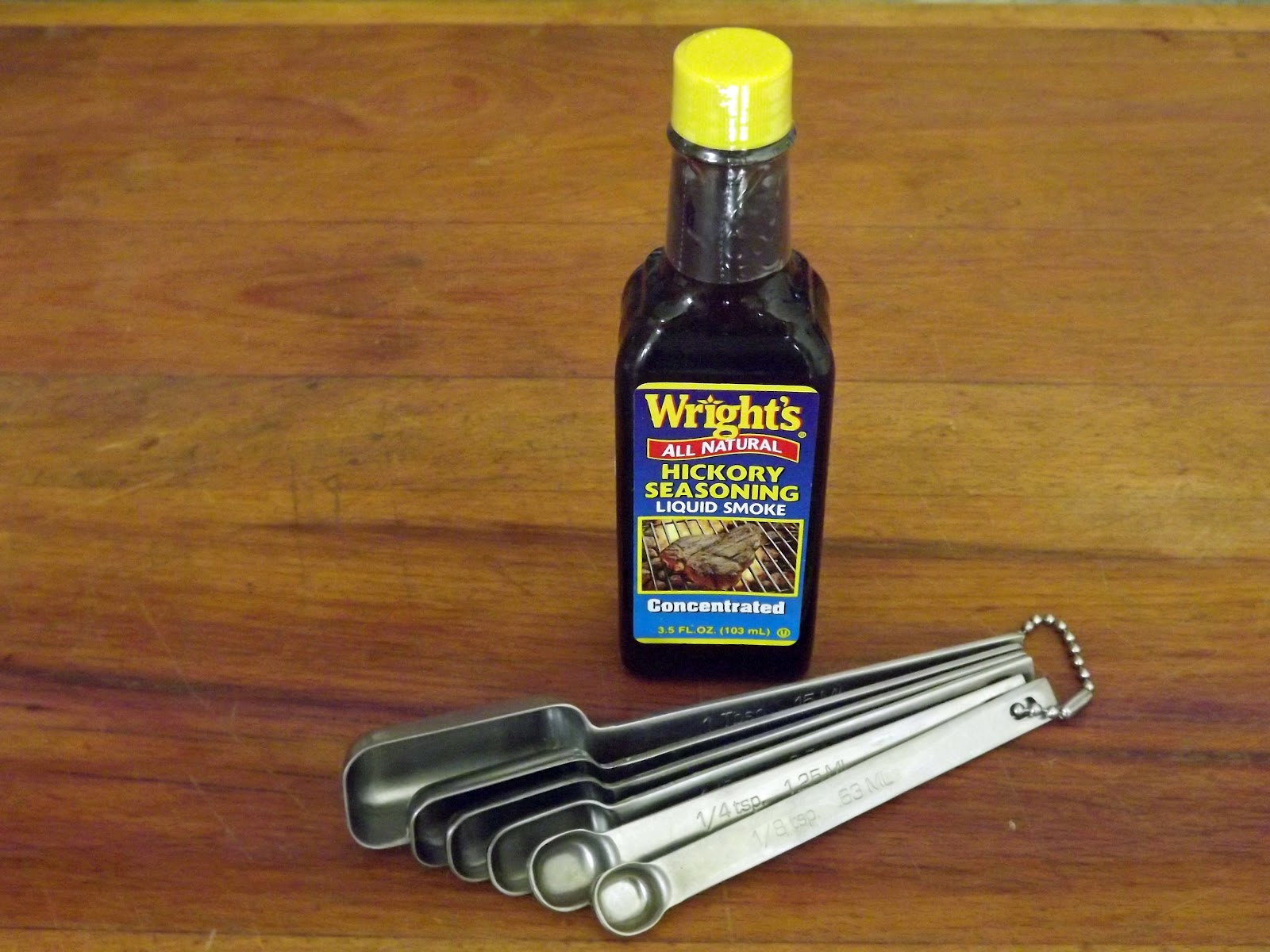
#LIQUID SMOKE HOW TO#
Hulyer of Navarro County described how to cure meat using salt, sugar and salt petre in 1897, but he advised against using a smokehouse. In Dallas’s Southern Mercury newspaper, a Mr. There were reasons, especially in Texas’s warm climate, not to fill a smokehouse with hanging meat. 1905 advertisement for Wright’s Condensed Smoke Liquid smoke began as a functional shortcut. The smoked meat they referred to in early advertisements were hams and pork bellies that were salt-cured for preservation before being smoked. Wright in 1895, it was first marketed as a preservative. Invented in Kansas City, Missouri by Ernest H. López-Alt (who admitted “ I don’t really enjoy barbecue“) seems to think if it looks like barbecue, and it taste like barbecue, and it eats like barbecue…īut liquid smoked wasn’t developed for cooking barbecue. When a rack of ribs in the smoker can be ready in four to six hours, I don’t see the benefit of replacing that unbroken method with one that takes far longer, and uses shortcuts for smoke flavor.

That’s like buying a cup of instant coffee today but having to wait until tomorrow before it’s ready.
#LIQUID SMOKE FULL#
There’s something ironic about using the ultimate barbecue shortcut in a recipe that takes at least two full days to pull off. It’s much easier and more consistent to simply use a few drops of liquid smoke added directly to the sous vide bags before sealing.” In true barbecue, precision would never trump flavor. “And what about that smoke? Well you could start or finish the ribs on a smoker to get that smoker flavor into them, but then you reintroduce that unpredictable element. Liquid smoke was a key component of his recent sous vide pork rib recipe, and he explained his reason. Kenji López-Alt, the chef and writer behind The Food Lab.

What they didn’t say was that maybe it was the hands-off cooking method and consistency of bottled ingredients they preferred. Liquid smoke isn’t an ingredient that I’d reach for, but it seemed harmless enough for a Seattle apartment dweller seeking decent apartment ribs in five hours. Just before the final rub, ChefSteps brushed on liquid smoke and molasses to make it all stick. I first noticed a couple years back when ChefSteps, a Seattle-based cooking website, attempted to solve a legitimate barbecue problem: how do you make smoky meat if you live in an apartment? They used a combination of smoked salt, smoked paprika, and charred onions and garlic in the rub to help replicate the smokiness of a wood fire, and used the sous vide technique-a water bath held at a consistent temperature-to cook them low and slow. Even the most hard-headed, hogmatic North Carolinian would agree with a beef-loving Texan that meat and fire are the essence of barbecue, so why is the sous vide crowd trying to build a liquid smoke bandwagon? In 2009, the late meat and barbecue loving Josh Ozersky wrote: “Liquid smoke is one of the most revolting substances known to man, and anathema to any real cook.” In certain circles, using the substitute is worse than deceptive-it’s flat out cheating.


 0 kommentar(er)
0 kommentar(er)
